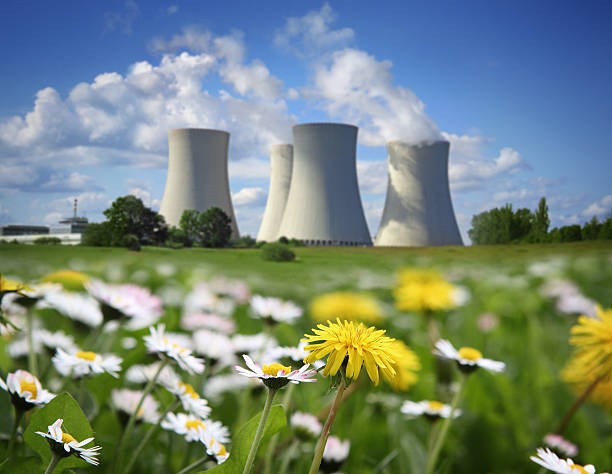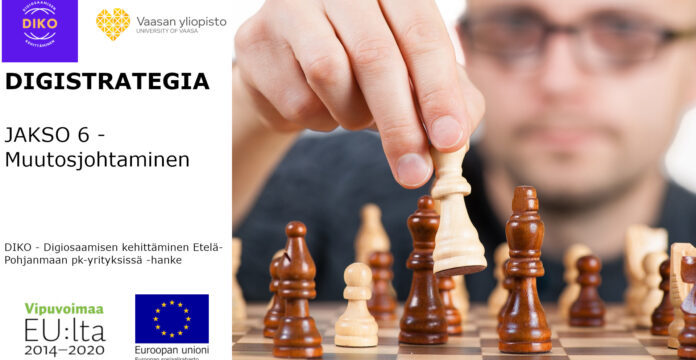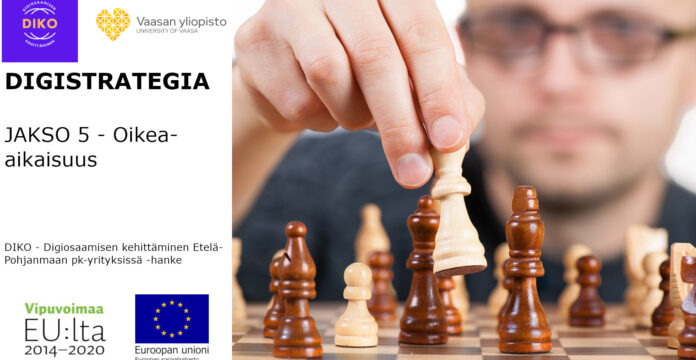(Pic source: https://pixabay.com/fi/photos/ydinvoimala-ydinvoimalaitoksen-6798207/ Soaring energy prices threaten economic development in Europe. Especially Germany, a major player, is losing its energy sources faster than it can find new ones.)
Healthy economy affects our daily lives. Private persons, families, societies and companies alike benefit from well-working economical environment. However, there is now a realistic danger one era of relative stableness is coming to an end.
Despite the pandemic, we have seen notably fast economical developments worldwide in the past few years. In 2021 Industrial sector, general commerce and services saw the fastest growth worldwide in fifty years. The major markets, such as U.S. and China, reached 5+ percent growth levels. There was a downside, though, when logistics jammed, energy prices soared, many sectors were unable to find enough workforce and finally inflation gained speed. But overall 2021 was good for business: the worldwide economics did well. A backbone for this success were those companies that were not affected by corona or managed to maneuver around its complications.
2022 began in especially promising light in China, where industrial production rose in two months 7,5 %, investments galloped 12,2, % upwards and retail sales rose 6,7 %. These numbers mean China has more than theoretical chance to double the speed of its economic growth this year. Around the Atlantic Ocean, the situation is not this promising. While China is racing and U.S. manages with estimated 3 % growth in 2022, Europe is in complicated situation. There are countries, which can probably beat the inflation with their gross national income (GNI), but there are also great regional differences. Finland for example – a country virtually between EU and Russia – is not doing so well and it is possible Finnish GNI will grow a meager 2,1 % in 2022 and 1,0 % in 2023. This is a borderline disaster projected by Etla Economic Research, but the Russo-Ukrainian war hits Finnish economy hard even in European standards. This matter is made worse because we have now high inflation rates, with all the evils it brings with it. Spending in Finland will probably decline and as a broad generalization, companies may not see any remarkable success. Adaptation to situation will prove vital for many. It will be most interesting to see who will one day pay back the huge loans Finland has taken and how.
The blurred trends.
The future in global markets is now a fuzzy front line. There are those experts who say the greatest enemy of economic development is not pandemics, inflation or even war. They all come and go. The one thing that always assuredly clogs economy is fundamental uncertainty. Especially big money hates unpredictable conditions and without major investments, economic growth may turn out to be problematic.
History of viral infections gives us hope corona too will be beaten in a few years or it will gradually lose potency and people will adapt to it. The war between Ukraine and Russia casts long shadows, but the lost opportunities in Russia are not really that significant given the relatively small markets in that otherwise big country. Fact is, Russian markets are mostly gone now but we will learn to live with this and search for alternative opportunities.
Inflation may prove difficult to tame. FED is now looking for countermeasures recognizing the threat it stands for. These measures at the moment include, but may not be limited, to higher interest rates and quantitive tightening. The latter is a passive attempt to reduce the amount of assets on the massively swollen FED balance sheet. These two methods are almost guaranteed to have a global “healing effect” in the long turn. This is good news, because high enough inflation will nullify the benefits from the economic growth. The bad news? FED is acting too slowly, the six promised rises (estimated 0,25% per shot) in interest rates in 2022 are hardly enough. Several bankers say at least 3 percent interest rates are needed and soon – and it is unlikely we get there this year.
While future for China is good and U.S. is hanging on, Europe will have to deal with inflation primarily on the front of energy prices. Cheap Russian energy was an opportunity for European countries and we must assume this is lost. In broader perspective, the situation with energy is getting worse because Germany will power down all of its remaining nuclear plants this year. This was a necessary move, perhaps, but premature because already Germany is draining energy from nearby regions where it was much needed – further speeding energy prices upward.
So, where are we headed?
While prospects for 2022 are not very promising in major markets barring China, with any luck Russo-Ukrainian war will be over by summer. In the long rung energy prices will stabilize and if/when FED and later European Central Bank find ways to stall inflation, we will be globally back on the right track. This is, however, the optimistic projection.
There is an old saying about how matters get worse, before they get better. Stagflation, the truly mean big brother of inflation, is lurking behind the scenes, ready to jump on the stage. This is one thing that some experts evaluate as the biggest threat yet seen in the horizon. Only time will tell what will become of this. Finally, recession is entirely possible scenario we cannot ignore at this point, but even if this triggers, it will not last forever.
What should individual companies do?
The economic environment is changing, perhaps it is in a breaking point, but at the same time, many things remain as they were. As it was seen with corona and firms, those who adapt to new one way or another are those who prosper. Even a big company can reform itself if there is need for it. Some may seek for new markets and some may altogether rearrange their businesses. We are talking here about the old truth how successful entrepreneurship often means observation for alternative businesses and search for new opportunities. Finding these will be a vital factor affecting the survivability and success for many companies.
– Harri Koski
Compiled from the following sources: Kauppalehti, DI, CNN, Indires.




